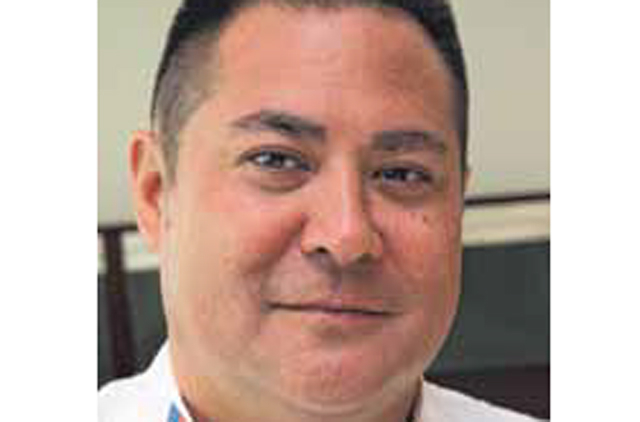
Dubai: Peel back the aluminium foil, and unwrap your plastic knife and fork. What’s on the mid-air menu?
In a typical Emirates airline flight, the meal that is set before passengers is decided a year earlier, picked from a range of 80,000 recipes, made with ingredients from farms in Al Ain or as far away as Australia, and prepared by skilled chefs – many of whom have Michelin star experience.
James A. Griffith, assistant vice president at Emirates Flight Catering, said the Emirates philosophy for in-flight meals is “to do it restaurant-style, trying to stay as traditional as possible to make the food taste great”.
However, that means serving 125,000 restaurant-style meals a day, reaching 150,000 in summer months when airport traffic is at its peak.
It entails meticulous planning, so that quality ingredients can be sourced and recipes created.
The process begins 8 to 12 months prior, when the Emirates Flight Catering team proposes all food plans for the coming year to the Emirates regional catering management.
Once approved, the recipes are stored in a database.
The company’s executive chefs, who hail from as many as 45 different countries, are responsible for planning breakfast, lunch and dinner across First, Business and Economy classes, in their region’s routes.
Griffith said: “When deciding meals, we first see the timing of each flight, the distance to destination and the diversity of passengers on the flight. Middle Eastern choices are always present across all routes, as we are based in Dubai.”
About 60 per cent of the meal orders received are for non-vegetarian dishes, although Griffith says there has been a dramatic increase recently in vegetarian and gluten-free meal requests, thanks to evolving tastes and trends.
In the kitchen, the trays have to be ready to go eight hours prior to departure time so that they can complete the requisite security and quality checks.
Griffith said: “Our first order for produce is about four days before the flight. We begin preparations 24 hours before take-off, and meals are dished 12 hours before.”
However, planning is not an easy task.
Flights to every region have three choices of dessert, for instance. Some passengers also request special meals, meeting certain medical or religious requirements.
Added to this is the fact that the life span of a food tray is 24 hours – it can’t miss the flight.
Knowing the flight’s destination is a key factor in menu planning. For one-way flights, a variety of meals work, but the tricky part is to cater to long-distance and return journeys.
Griffith said: “For distant destinations, we have to provide meals that last longer… because the flight might be on the ground and have its engines shut off for a while. In such cases, it would be something like pastrami sandwiches and cold cuts.”
Certain types of food don’t take well to reheating – the chefs have to ensure their meals retain the original taste when in the air.
Griffith said: “For heating purposes, it is always great to have dishes with sauces. We usually get great feedback on our meso-based cod dish. Our steaks are cooked at 62 degrees Celsius on ground (medium-rare), so it can be a bit touchy when it’s time to reheat. US select grade beef works better on flights, so that’s what we now use.”
Taste tests and quality checks are conducted for all meals throughout the day.
Another important aspect is the ability to creatively recycle excess food. Waste is kept at a minimal, so that the processes are environmentally friendly.
Griffith shared an example: “The edges of a tray of baklava, originally prepared for a Middle Eastern route, are used to make baklava crème – a type of cheesecake - for a European flight.”
The Emirates procurement facility sources its ingredients both locally and internationally.
Griffith said: “Ten years ago, we used to buy seafood locally, like hammour. But because of overfishing in this region, and our drive to promote sustainable fishing, we began buying fish from Vietnam. Our lamb is from Australia, and our lobster and black cod from Canada.”
One reason for the move to global shores is the fact that passengers have become more discerning diners and want healthier, quality produce.
R. Madhu Kumar, an executive sous chef who has worked for 24 years in flight catering, said: “People have become more health-conscious, so our menus have changed over the past five or six years to reflect that.”
Griffith added: “With the opening of lounges, people are coming to the airport earlier, eating before boarding and preferring to sleep on flights. They would rather have soups and salads – smaller meals that are available more frequently. It’s a changing process.”









